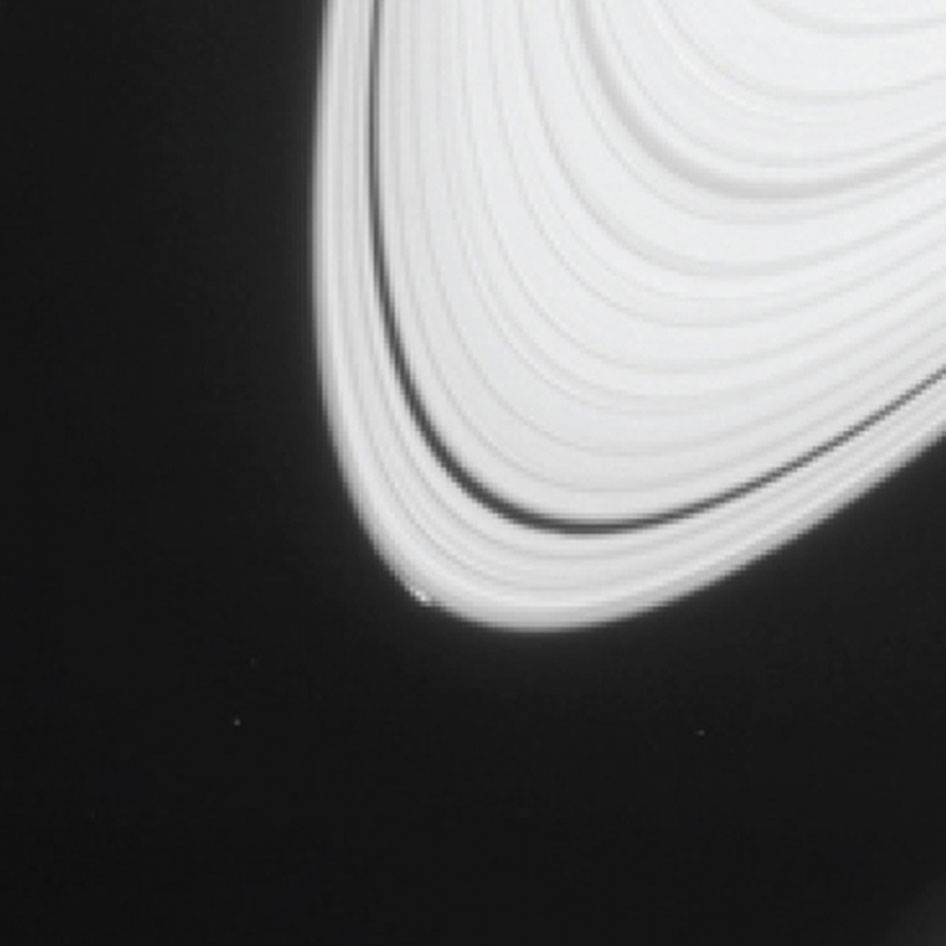TORONTO – For the first time in history, humans may have witnessed the birth of a moon around a planet in our solar system.

Though not captured with our own eyes, it is believed that NASA’s Cassni spacecraft, which has been orbiting Saturn since 2004, imaged evidence of the process.
Cassini photographed disturbances at the outer edge of one of Saturn’s rings, which a team of researchers believe are caused by the gravitational interaction from another body, likely a small, icy moon.
READ MORE: Watch–Dance of Saturn’s auroras
The findings were reported in the scientific journal Icarus.
“We have not seen anything like this before,” said Carl Murray of Queen Mary University of London, and the report’s lead author. “We may be looking at the act of birth, where this object is just leaving the rings and heading off to be a moon in its own right.”
The disturbance — 20 per cent brighter than its surroundings — is on the very edge of Saturn’s A ring, the outermost of the planet’s bright rings. It is about 1,200 km long and 10 km wide.
The object causing the disturbance, dubbed “Peggy” by the researchers, is likely just one kilometre in diameter and may be migrating out of the ring itself. This is how astronomers believe the moons outside of Saturn’s rings were created.
Researchers don’t believe that it will get larger, and said that it could even be falling apart.



Comments